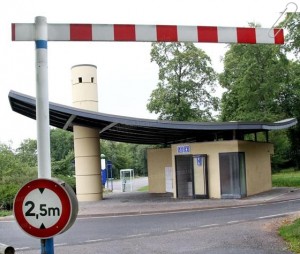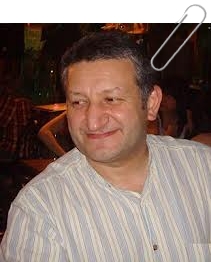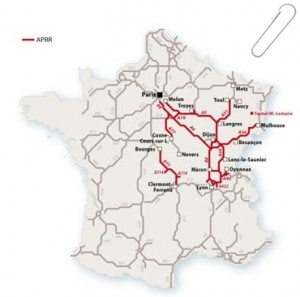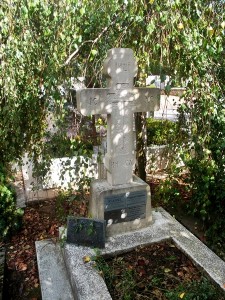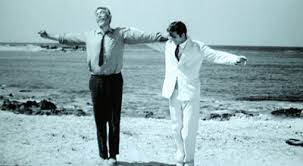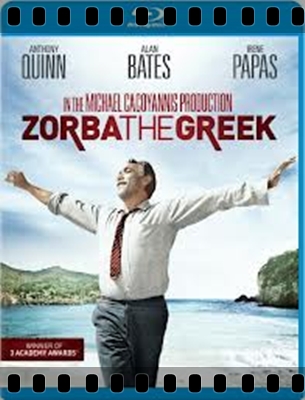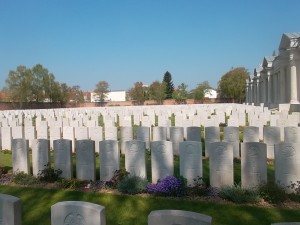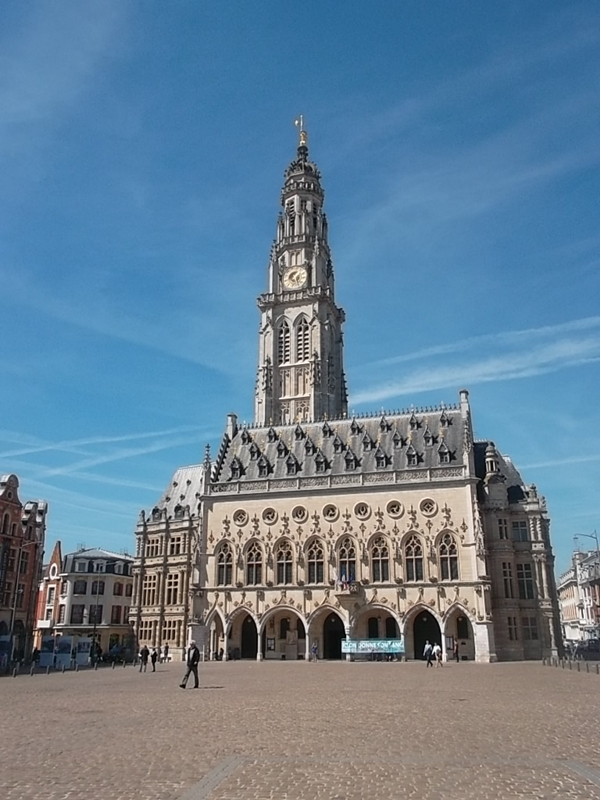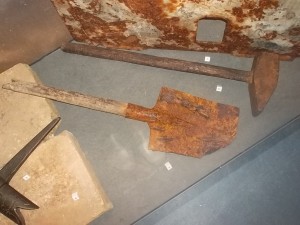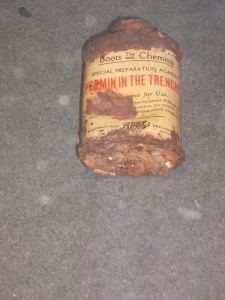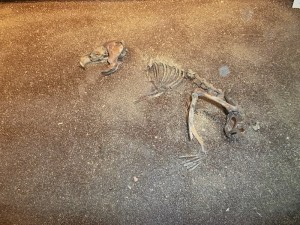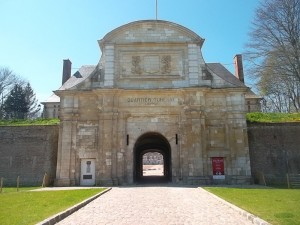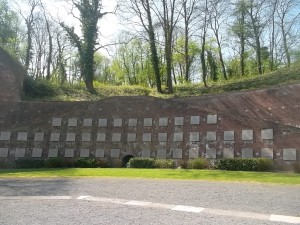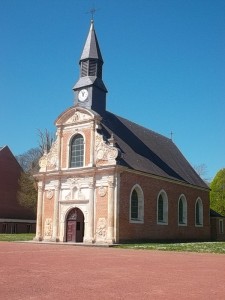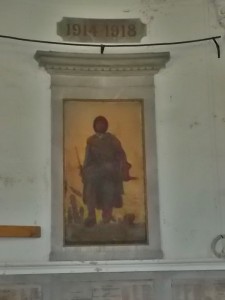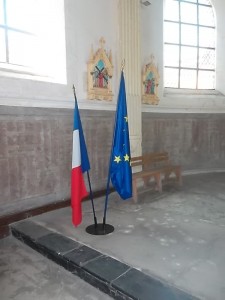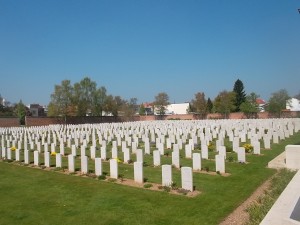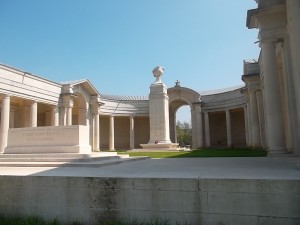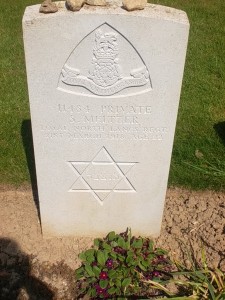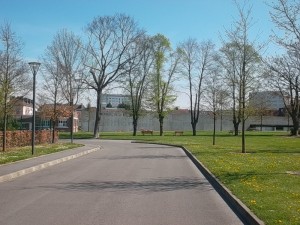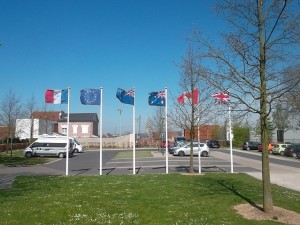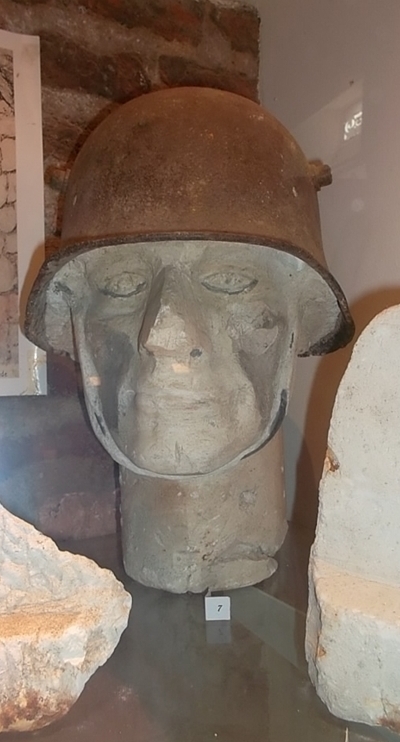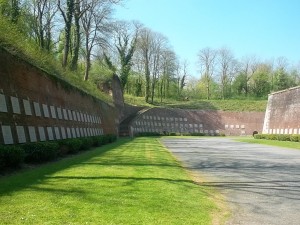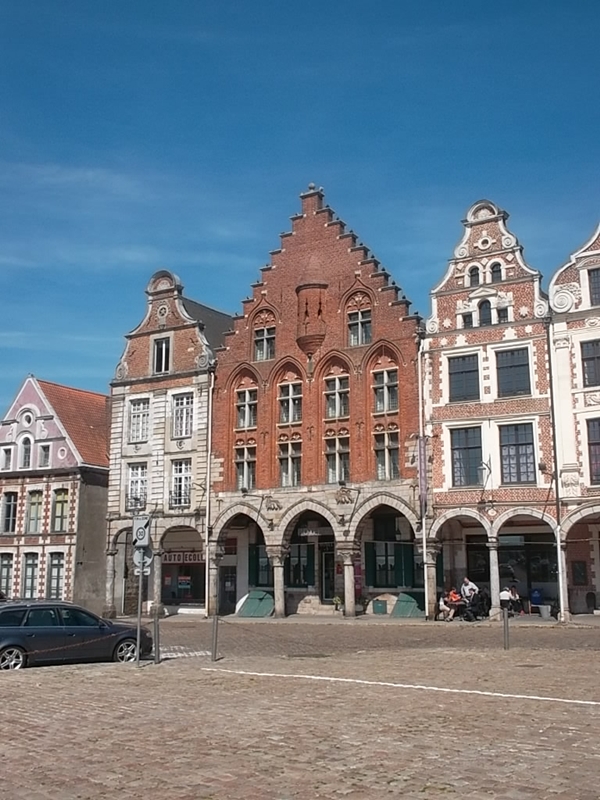Apr 12, 2023
Best Time to Visit Paris: Discover the Perfect Season for Your Dream Vacation
Paris, the City of Lights, is a dream destination for many travelers. From its romantic streets and world-famous landmarks to its delicious cuisine and vibrant arts scene, there’s always something to see and do. But when is the best time to visit Paris? In this guide, we will explore the different seasons, weather patterns, and events to help you decide on the perfect time for your Parisian adventure.
Seasons and Weather in Paris
Paris has a temperate climate with four distinct seasons, each offering its unique charm.
- Spring (March to May): Spring is an excellent time to visit Paris as the weather is mild and the city comes alive with blossoming flowers. Temperatures range from 50°F to 65°F (10°C to 18°C) during the day, with occasional rainfall.
- Summer (June to August): Summer is the peak tourist season in Paris, with temperatures ranging from 68°F to 78°F (20°C to 26°C). Warm, sunny days are perfect for outdoor activities, but expect larger crowds and higher prices.
- Autumn (September to November): The fall season brings cooler temperatures and vibrant foliage, making it a picturesque time to visit. Daytime temperatures vary between 50°F and 65°F (10°C to 18°C), and the crowds start to thin out.
- Winter (December to February): Winter in Paris can be chilly, with temperatures ranging from 35°F to 45°F (2°C to 7°C). However, the city looks magical with holiday lights and decorations, and there are fewer tourists.
Best Time for Sightseeing and Outdoor Activities
The best time for sightseeing and outdoor activities in Paris is during the shoulder seasons of spring (March to May) and autumn (September to November). The weather is pleasant, and the city is not as crowded as during the peak summer months. Additionally, you’ll be able to experience the beautiful spring blooms or autumn foliage.
Best Time for Budget Travelers
If you’re looking to save money on your trip, consider visiting Paris during the off-peak season of winter (December to February), excluding the holidays. Although the weather is colder, you can enjoy lower prices on accommodations and attractions, as well as fewer tourists. Make sure to pack warm clothing and be prepared for occasional snow or rain.
Special Events and Festivals in Paris
Paris hosts numerous events and festivals throughout the year, so consider planning your trip around one of these special occasions:
- Paris Fashion Week (February/March and September/October): A prestigious event showcasing the latest trends from top designers.
- French Open (May/June): A world-famous tennis tournament held at Roland Garros.
- Bastille Day (July 14): A national holiday with fireworks, military parades, and celebrations.
- Nuit Blanche (October): An annual all-night arts festival featuring installations, performances, and exhibitions throughout the city.
- Christmas Markets (December): Traditional markets selling crafts, gifts, and seasonal treats.
Best Time to Experience Parisian Cuisine
Paris is renowned for its delicious cuisine, and there is no bad time to indulge in the city’s culinary delights. However, visiting during the shoulder seasons (spring and autumn) might provide a more relaxed atmosphere for dining out, as restaurants tend to be less crowded. Additionally, you might want to consider participating in one of Paris’s food festivals, such as Taste of Paris in May, where you can sample dishes from renowned chefs and local artisans.
Family-Friendly Activities in Paris
For families traveling with children, the best time to visit Paris is during the warmer months of late spring, summer, or early autumn. This will ensure pleasant weather for outdoor activities such as visiting amusement parks, exploring parks and gardens, or taking a boat ride along the Seine River. Summer holidays also mean that many attractions cater to families with special events and workshops. Some popular family-friendly attractions in Paris include the Jardin d’Acclimatation, Disneyland Paris, and Parc Asterix.
Tips for Navigating Paris Public Transportation
No matter when you visit Paris, it’s essential to familiarize yourself with the city’s public transportation system. The Paris Métro is an efficient and reliable way to get around, and buses and trams also serve the city. Purchase a Navigo card or a Paris Visite pass for unlimited travel on public transport during your stay. Keep in mind that the Métro tends to be more crowded during peak tourist seasons and rush hours. To avoid the crowds, consider traveling during off-peak hours or exploring the city by bike using the Vélib’ bike-sharing system.
Final Take
In conclusion, the best time to visit France depends on your preferences for weather, crowds, and events. Whether you’re seeking mild temperatures and fewer tourists or planning your trip around a specific event, the City of Lights offers a unique experience for every traveler. Keep in mind that shoulder seasons (spring and autumn) are ideal for sightseeing and outdoor activities, while winter is the best choice for budget travelers. No matter when you choose to visit, Paris will captivate you with its charm, history, and beauty. Bon voyage!
More Details
